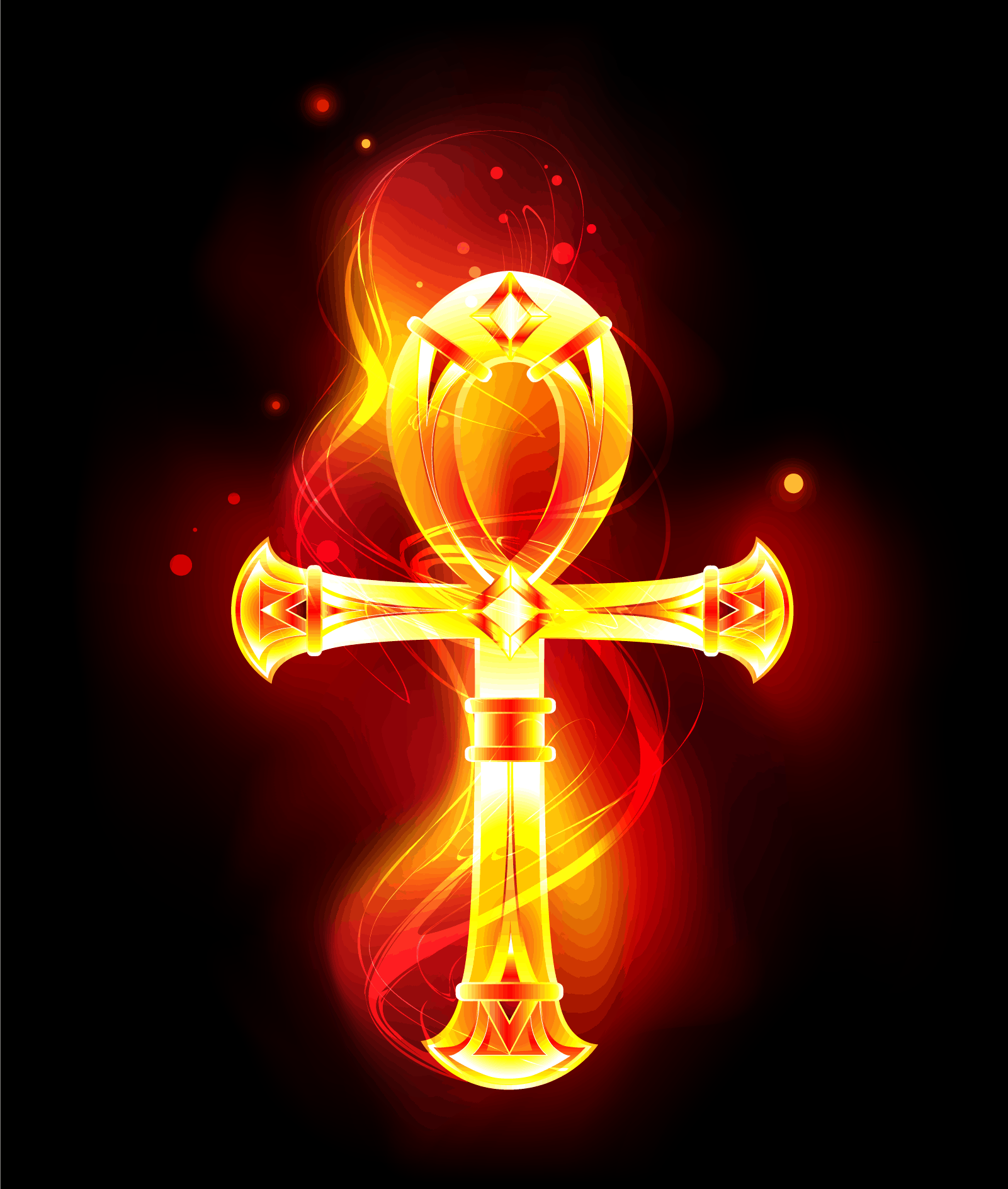

This would be the mummy however, often the Egyptians would supply the Ba with a statue in the likeness of the deceased in case the mummy was lost or damaged. At this time, it would look for the person to which it belonged. During the days the Ba would make itself useful, at night it would return to the tomb. It would leave the body at the time of death. The Ba is what we might call someone’s personality.

The name cartouche was first applied by soldiers who fancied that the symbol they saw so frequently repeated on the pharaonic ruins they encountered resembled a muzzle-loading firearm’s paper powder cartridge, (cartouche in French). In Egyptian hieroglyphs, a cartouche is a rectangle with a horizontal line at one end, indicating that the text enclosed is a royal name, coming into use during the beginning of the Fourth Dynasty under Pharaoh Sneferu, replacing the earlier serekh. Later, it became the symbol of the west bank of the Nile, where the sunset and also where the Egyptians traditionally buried their dead. Originally it meant the horizon of the sunset. This symbol represents the Underworld or Land of the Dead. A similar metal such as copper, burnished to a high sheen, was also sometimes used. The ankh was almost never drawn in silver as a sun-symbol, the Egyptians almost invariably crafted important examples of it (for tombs or other purposes) from the metal they most associated with the sun, gold.

Mirrors of beaten metal were also often made in the shape of an ankh, either for decorative reasons or to symbolize a perceived view into another world. Additionally, an ankh was often carried by Egyptians as an amulet, either alone, or in connection with two other hieroglyphs that mean “strength” and “health”. The Ankh frequently appears in Egyptian tomb paintings and other art, often at the fingertips of a god or goddess in images that represent the deities of the afterlife conferring the gift of life on the dead person’s mummy this is thought to symbolize the act of conception. The breath you will need in the afterlife. The gods are often seen holding an ankh to someone’s lips this is considered to be an offering of “The Breath of Life”.


 0 kommentar(er)
0 kommentar(er)
